I'll start with what's to come for 2022 and then move to Africa. A series of fortunate events leading to vision 2025. All info is widely available and verifiable. Sources and links given below.
Ecosystem growth in 2022:
- 10+ DEXes, built from ground up, that will specifically use the advantage of the extended UTxO model. Note the emphasizes on "built from ground up" meaning that they will be different from what you're used from the Dapps on the account-based model blockchains. Benchmarking shows that with the eUTXO model, around 25 to 30 orders can be easily handled within one single transaction.
- Borrow and lending protocols + robust DeFI ecosystem dropping in Q1/Q2 '22 after auditing and testing on testnet. Remember that it took Ethereum 2.5 years to have cryptokitties and Solana over more than a year to have some decent DApps. Cardano entered the smart contract era on 9 September 2021 so Q1/Q2 is pretty damn fast and it's gonna give a shockwave to the entire ecosystem not to mention biggest ADA supply crunch once DExes are running at full speed. As the DeFi ecosystem starts to take off, an alliance was announced to help speed it on its way through standardisation and best practice -> Cardano DeFi Alliance.
- DJED: a crypto-backed algorithmic stablecoin contract that acts as an autonomous bank. I can't stress the importance of this enough. Djed is the first coin to use formal verification to eliminate price volatility. The first implementation of a Djed stablecoin contract was SigmaUSD on Ergo.
- Hydra is Cardano's solution to ultimate layer 2 scalability that aims to maximize throughput, minimize latency, incurring low to no costs, and greatly reducing storage requirements. Hydra introduces the concept of isomorphic state channels: that is, to reuse the same ledger representation to yield uniform, off-chain ledger siblings, which we call Heads (hence the Hydra name, which references the mythological, multi-headed creature). Specifically for Cardano, this means that native assets, non-fungible tokens (NFTs), and Plutus scripting are available inside each Hydra Head. Many of the transactions currently handled by the main-chain or application running on the main chain can benefit directly from Hydra, because it understands just the same transaction formats and signatures. In a layer 2 system like Hydra, it is possible to achieve confirmation times of less than one second. Throughput measured in TPS per Hydra head is mostly limited by the available hardware. In principle, by adding increasing numbers of Hydra heads to the system, arbitrarily high throughput can be achieved by the system as a whole. ( e.g. each stake pool on Cardano could achieve about 1000 TPS there are over 3000+ stake pools on Cardano right now so when implemented you could in theory achieve 3M+ TPS = 1000 TPS/stake pool * 3000+ stake pools)
- Babel fees = being able to pay transaction fees in custom currencies! Potential to bring all ERC-20 tokens to Cardano for obvious reasons (see converter in action here)... First, let us recall how native assets work in Cardano: Tokens can be created according to a minting policy and they are treated natively in the ledger along with ada. Cardano's ledger adopts the Extended UTXO (EUTXO) model, and issuing a valid transaction requires consuming one or more UTXOs. A UTXO in Cardano may carry not just ada but in fact a token bundle that can contain multiple different tokens, both fungible and non-fungible. In this way it is possible to write transactions that transfer multiple different tokens with a single UTXO. Transaction fees in the ledger are denominated in ada according to a function fixed as a ledger parameter. A powerful feature of Cardano's EUTXO model is that the fees required for a valid transaction can be predicted precisely prior to posting it. This is a unique feature that is not enjoyed by other ledger arrangements (such as the account-based model used in Ethereum). Indeed, in this latter case the fees needed for a transaction may change during the time it takes for the transaction to settle, since other transactions may affect the ledger's state in between and influence the required cost for processing the transaction."
- NFTs are booming and yet you only hear about ETH/SOL NFT stuff. 106M ADA traded over 9 NFT marketplaces in just 6 months!! I expect 2022 to be a game changer when it comes to GamiFi, DeFi and RealFi which will lead (did I mention this already :)?) to the the biggest supply crunch of ADA since Cardano's inception. This means that anyone can mint their own tokens, including non-fungible tokens (NFTs) without needing a smart contract.
- The first stage of the Voltaire era aka Project Catalyst: which is the biggest decentralized fund (any chain) right now! It has over 700 million ADA and it's used to fund all kind of projects including some of the DEXes, NFT marketplaces, and other lending protocols mentioned above. That's approx. 1 billion $ in our war chest to fund the devs on Cardano and create their DApps and other products. It's been successfully active for almost a year now.
- Mithril boosts the efficiency of full node clients or applications. It ensures fast and secure synchronization of the full node data, significantly improving time and required resources including computation, network exchange, and local storage while keeping high-level security guarantees. Mithril is also applicable to light clients and mobile applications, ensuring a trustless approach. Another significant advantage is using Mithril signatures for running sidechains**. The main blockchain can connect to different sidechains that can even have different consensus protocols. Mithril has benefits in lightweight blockchain state verification, and thus, certificates can validate the current state of the specific blockchain as well as the correctness of forward and backward transfers in a secure way. Finally, stake-based voting applications and governance solutions can use Mithril regardless of the voting protocol’s complexity. Mithril signatures can be utilized for secure and lightweight tally verification. This is also useful in governance when stakeholders go through a decentralized decision-making process and provide the final result in an easy and verifiable way.
- So, sidechains and different consensus protocols you say? Yessir, that's called Basho phase on Cardano. There's another cool thing from dcSpark called Milkomeda: Milkomeda will launch in both of these ecosystems (Solana & Cardano) and deploy EVM-based sidechains for each. This will aid them in acquiring existing Solidity developers out there who are interested in building dApps for whole new user bases. With a first mover advantage for sidechains on both chains, expect to ride the initial wave of excitement and build a protocol that makes a difference and lasts.
Now AFRICA!
Try to watch this short video to understand why they are the key and why Cardano team has been over there for almost 5 years now.
Putting it all together: the "mastermind's" tweets (John 'o Connor) announcing African deals.
- Yearly remittance in sub-saharan Africa is a $48bn market, and 50% of that goes to a single country.... Nigeria. With stable coins (see 3) ) and hydra (see 4)) is looking to disrupt this. Nigeria is one of our 5 focus countries for this year.
- Grow Africa, Grow Cardano (need funds to teach the devs, no problem, see 6)) + this
- Connect the unconnected, bank the unbanked. "Africa is home to >50% of the world's mobile financial services users" WEF 2019 " -> make deal with world mobile team
- Ethiopian deal done, Zanizbar and Tanzania telcom deals (see above), 5 countries in 2021 and TWENTY (yep that's right) more cometh in 2022 + 100M loanbook
- The global buzz around Cardano: announcement of an education program with 3,500 schools and five million pupils.
- Source: Why Africa?
If the whole world is globalizing and changing, you want to be where all the systems are going to change first, because if you get it right, more wealth will be created here over the next three decades than in Europe, the United States and China combined. That’s just how it is. It’s why the US got on top in the 20th century. It just simply had a better system than the competitors. And everything resets when you have technological change. We now live in a global economy. People from Africa are going to be on equal footing with people in Europe and America if we do things the right way. And then it’s a meritocratic race, and I’m going to bet on the people who are tougher, more resilient and more entrepreneurial 10 out of 10 times. They’re going to win – it’s just that simple.
So IOG has a pan-African view as a company. We started in a pretty difficult country to do business in, Ethiopia, and you know what? Everywhere we looked, we saw well-educated, well-intentioned people who really did want change. And they worked with us. Sometimes the system worked against us; sometimes it worked with us. But everybody remembered why they were there. And it was the privilege of my career to announce a deal of five million people that could grow to 20 million, that could grow to a national ID system of 110 million in just a few years, and that could grow into a voting system, a payment settlement system. It can grow to anything. It’s kind of like the stem cell: once you’re in, you’re in, and you can keep navigating and growing. And then how do we take that to Kenya, to Nigeria? That’s 400 million people – more than the population of the entire United States – within grasp in five to 10 years.
What’s most extraordinary is that this will transform the lives of people. Now, boring work has to be done, dry presentations given about credential this and verification that. And they’re very necessary. But at the core of all of that are people.
6) Crypto + identity solutions for Africa = RealFi: By integrating digital identity with Cardano, we can create real value and opportunity for people across the globe.
Among nations with developed economic systems, DeFi has highlighted the potential for blockchain to disrupt financial ‘legacy’ systems and open up access to new users hunting for better yields and moving liquidity around. It has established an entirely new financial paradigm and the $100bn DeFi market is expected to grow significantly over the next few years as models continue to evolve.
However, as much as the age of DeFi is creating fresh markets and driving compelling new use cases, it has also further highlighted the economic divide between people who can easily access financial products, and those who cannot.
The reason why banks refuse credit or loans in emerging markets is often that they don’t have enough data about the person or organization intending to borrow.
All the necessary financial information can be stored and relayed in a verifiable manner through an Atala PRISM ID. The monetary building bricks of DeFi can be used to structure these loans and hedge the currency risk, while scalable payment rails provided by Cardano and various layer 2 solutions will make it possible to transfer capital across the world without friction.
Atala Prism is a decentralized identity system that enables people to own their personal data and interact with organizations seamlessly, privately, and securely. The Atala Prism team is integrating metadata to certify and store DIDs and DID documents on Cardano. Also, it will be possible not only to create but also to revoke credentials such as university certificates.
Atala Trace and Atala Scan are being developed to enable brand owners to improve the visibility over supply chain processes and establish product provenance and auditability. In these cases, metadata integration will be used to record tamper-proof supply-chain records.
Cardano adds the final piece of the financial puzzle by unlocking real economic value at the end of the transaction chain: personal identity...
Identity is central to everything. Once someone has an economic identity, a world of opportunity and inclusivity opens up. Real opportunity comes with access to essential services that were hitherto out of reach. And real finance, such as loans to open a business or maintain an existing one. RealFi.
Identity can become an asset in so far as it can be a substitute for collateral. A lender's overriding concern is to ensure that loans (plus any interest accrued) are paid back. One way of enforcing this is by collateralizing the loan, but if the lender has enough and clear information about a borrower (if they know the borrower is a high-earner, or a long-standing customer), the lender might be more inclined to forgo the collateral.
7) connect the unconnected and bank the unbanked
TL;DR: Cardano ecosystem to the moon in 2022! ;)
EDIT: I tried to post this yesterday on this sub but it was removed cause other 2 Cardano posts were in top 50...
EDIT 2: I'd like to see post like this with links+sources about other top 50 blockchains just to learn new things. I know that 2022 should be big for Ethereum in terms of their ETH2...So, consider this invitation to write something educational! ;)
[link] [comments]

You can get bonuses upto $100 FREE BONUS when you:
💰 Install these recommended apps:
💲 SocialGood - 100% Crypto Back on Everyday Shopping
💲 xPortal - The DeFi For The Next Billion
💲 CryptoTab Browser - Lightweight, fast, and ready to mine!
💰 Register on these recommended exchanges:
🟡 Binance🟡 Bitfinex🟡 Bitmart🟡 Bittrex🟡 Bitget
🟡 CoinEx🟡 Crypto.com🟡 Gate.io🟡 Huobi🟡 Kucoin.



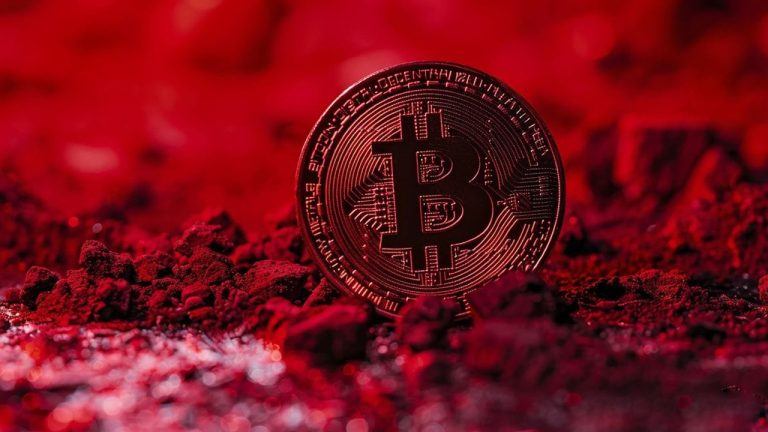

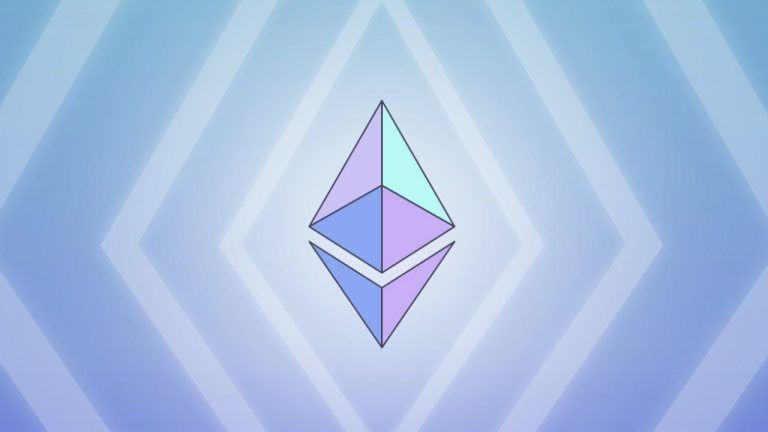


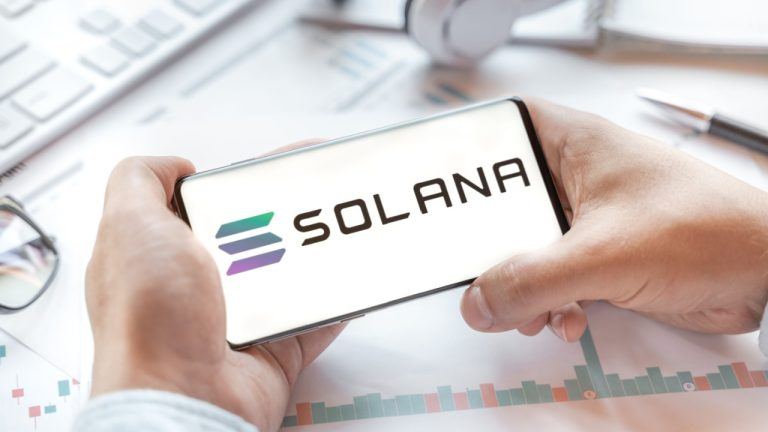


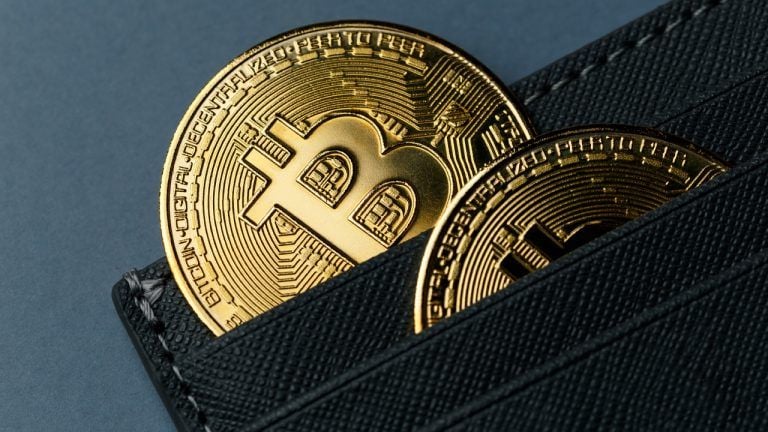
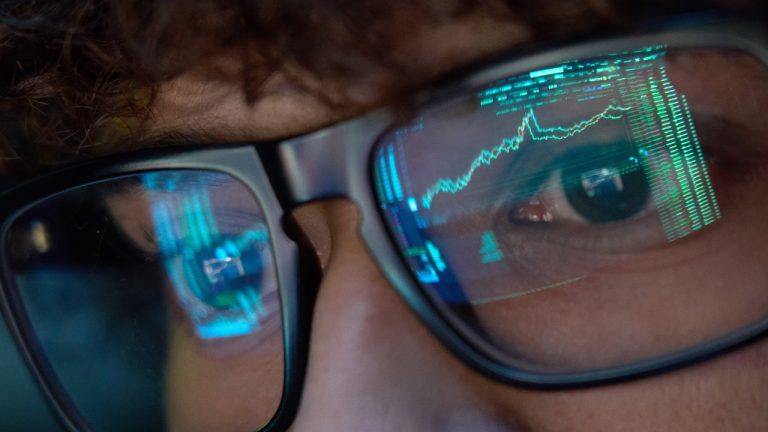
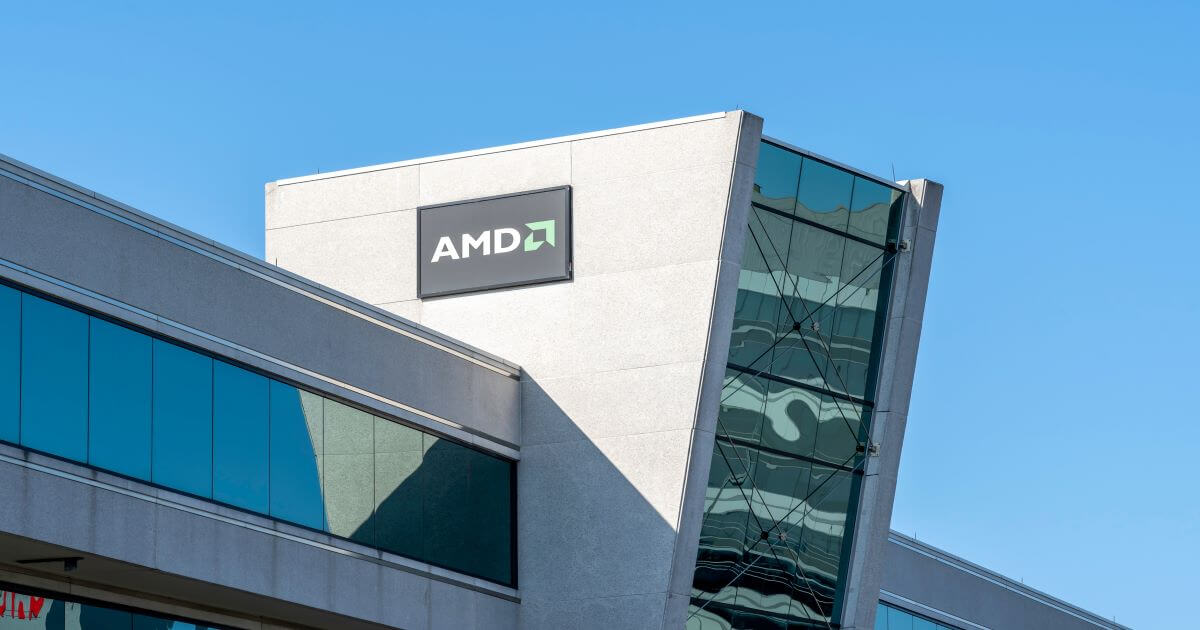
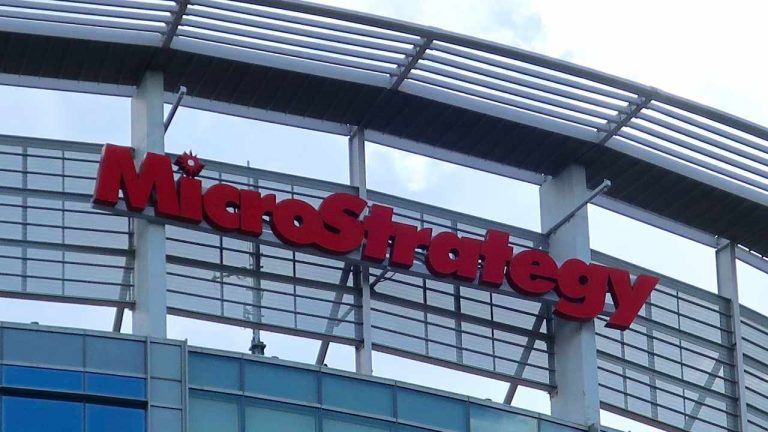




Comments